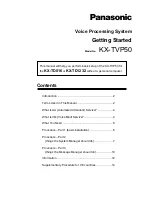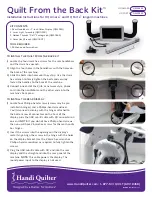
Preparing for Use
R&S
®
NRPxxS(N)
13
User Manual 1177.5079.02 ─ 10
Risk of overloading the sensor
Using a power sensor at a level above its upper measuring limit can damage the sen-
sor head. To avoid this risk, make sure not to exceed the test limit.
The test limits specified on the type label are valid only for the supplied attenuator. For
operation without attenuator, lower test limits apply, as specified in the data sheet.
To connect to the DUT
1. Ensure that the RF connector of your DUT is compatible with the RF connector of
the power sensor.
2. Insert the RF connector straight into the RF output of your DUT. Take care not to tilt
it.
180
NRP
3-Path Diode Power Sensor
MHz to GHz, 100 pW to 200 mW (−70 dBm to +23 dBm)
SMART SENSOR TECHNOLOGY
3.
NOTICE!
Risk of damaging the center pin of the RF connector. Always rotate only
the hex nut of the RF connector. Never rotate the power sensor itself.
Tighten the RF connector manually.
4. To ensure maximum measurement accuracy, tighten the RF connector using a tor-
que wrench with the nominal torque recommended in
To disconnect from the DUT
►
NOTICE!
Risk of damaging the center pin of the RF connector. Always rotate only
the hex nut of the RF connector. Never rotate the power sensor itself.
Carefully loosen the union nut at the front of the RF connector of the sensor and
remove the sensor.
3.5
Connecting to a Computer
For operating the power sensor, you can choose from various possibilities. For details,
see
Chapter 5, "Operating Concepts"
You can establish the connection using one of the following interfaces:
●
Host interface
●
LAN interface, if the power sensor is a LAN power sensor
Connecting to a Computer














































